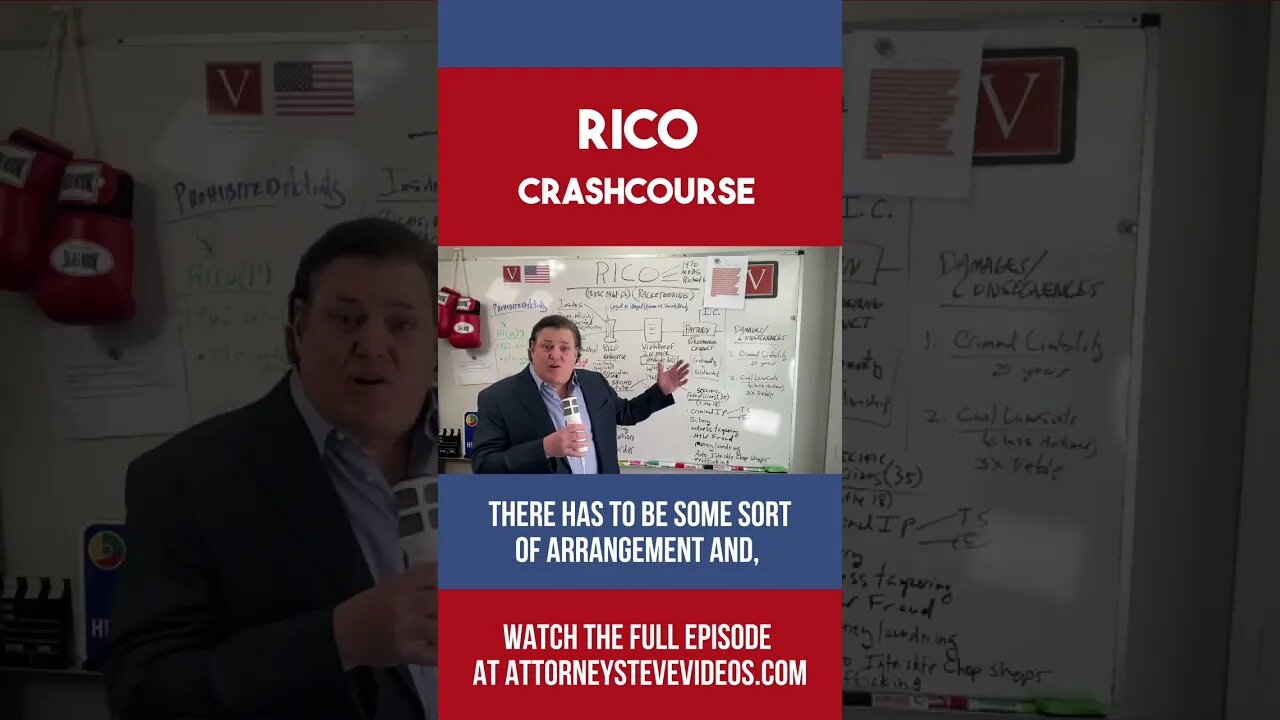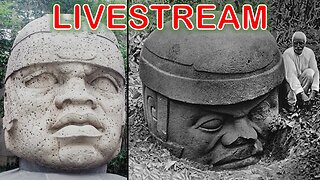Premium Only Content

Attorney Steve® RICO Crashcourse
RICO, the Racketeer Influenced and Corrupt Organizations Act, was enacted by Congress in 1970. The law is meant to combat organized crime and other unlawful activities by allowing private citizens and entities to sue those involved in such activities. The law also has criminal penalties for those found in violation.
To prove a violation of RICO, a plaintiff must first show that the defendant is part of an “enterprise” that engages in some form of criminal activity. This could include a criminal syndicate, a corporation, or even a single individual. The plaintiff must then prove that the defendant engaged in at least two “predicate acts,” which can be any number of illegal activities such as extortion, bribery, or fraud.
The third element of a RICO violation is that the defendant used the enterprise to commit the predicate acts. This means that the defendant had some degree of control or influence over the enterprise and that the enterprise was used to facilitate the predicate acts. In other words, it must be shown that the criminal activity was conducted in an organized and continuous manner.
Finally, the plaintiff must show that they suffered some form of injury as a result of the defendant’s actions. This could include loss of business or even physical harm.
RICO is a complex law, and it can be difficult to prove a violation. That’s why it’s important to consult with an experienced attorney if you believe you have suffered a RICO violation. An attorney can help you evaluate your case and determine the best course of action.
-
 25:45
25:45
Outdoor Boys
2 days ago3 Days in Arctic Survival Shelter - Solo Bushcraft Camping & Blacksmithing
44.6K17 -
 2:59:05
2:59:05
Wendy Bell Radio
10 hours agoAmerica Is Back
85.5K106 -
 1:45:57
1:45:57
Tucker Carlson
5 days agoAaron Siri: Everything You Should Know About the Polio Vaccine, & Its Link to the Abortion Industry
120K173 -
 1:46:38
1:46:38
Real Coffee With Scott Adams
5 hours agoEpisode 2707 CWSA 01/01/25
42.4K26 -
 14:06
14:06
Stephen Gardner
5 hours ago🔥Trump FIGHTS BACK: Biden White House BUSTED in MAJOR SCANDAL!
50.6K168 -
 6:08:13
6:08:13
MissesMaam
17 hours agoCelebrating New Years 2025 💚✨
90.4K18 -
 3:22:32
3:22:32
PandaSub2000
3 days agoPlatformer ExtravaPandza | ULTRA BEST AT GAMES (Original Live Version)
126K36 -
 5:43:19
5:43:19
Bitcoin Magazine
20 hours agoLIVE: MICHAEL SAYLOR'S $100K NYE BITCOIN PARTY
156K16 -
 5:06:15
5:06:15
AirCondaTv Gaming
1 day ago $40.53 earnedOnce Human - New Year. New Meta. Happy New Year!
172K21 -
 1:00:37
1:00:37
Bright Insight
11 days agoOlmec Heads are Evidence of Lost Ancient Advanced Civilization
162K233